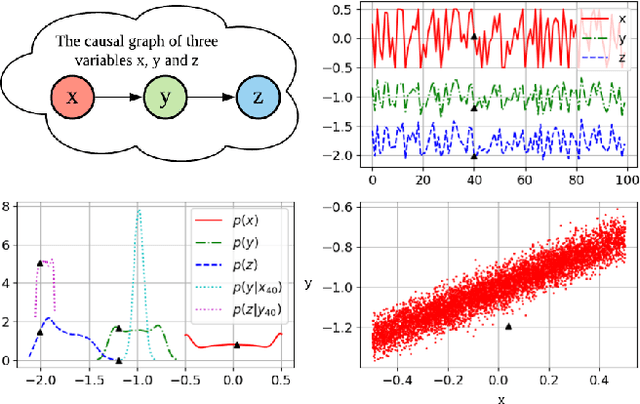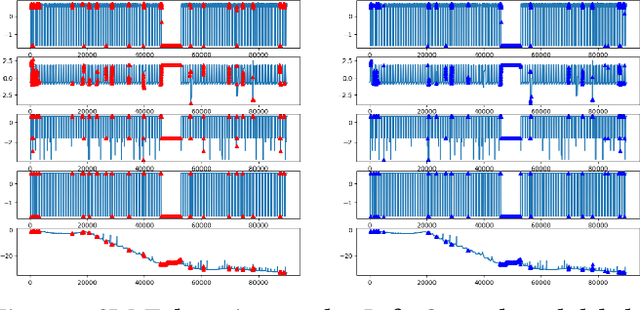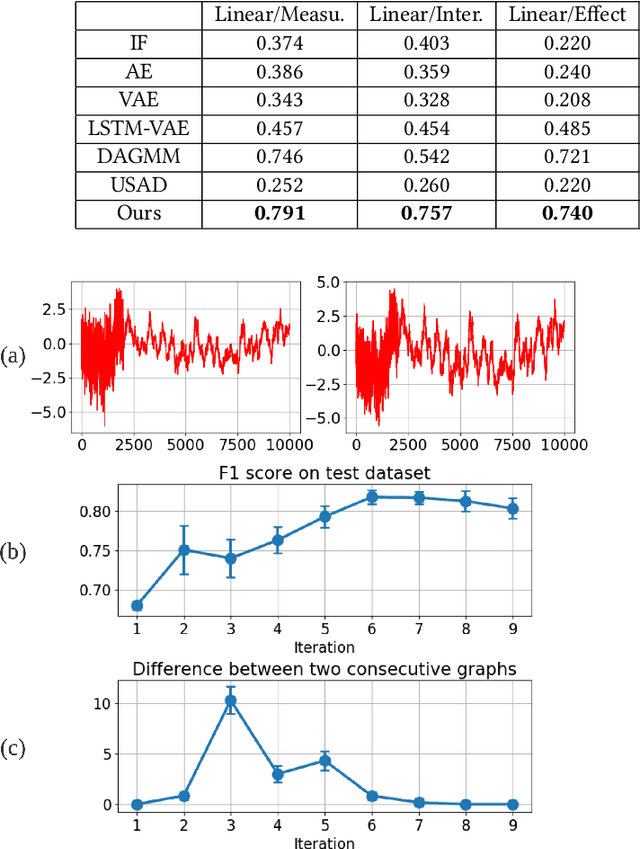Causality-Based Multivariate Time Series Anomaly Detection
Paper and Code
Jun 30, 2022



Anomaly detection in multivariate time series plays an important role in monitoring the behaviors of various real-world systems, e.g., IT system operations or manufacturing industry. Previous approaches model the joint distribution without considering the underlying mechanism of multivariate time series, making them complicated and computationally hungry. In this paper, we formulate the anomaly detection problem from a causal perspective and view anomalies as instances that do not follow the regular causal mechanism to generate the multivariate data. We then propose a causality-based anomaly detection approach, which first learns the causal structure from data and then infers whether an instance is an anomaly relative to the local causal mechanism to generate each variable from its direct causes, whose conditional distribution can be directly estimated from data. In light of the modularity property of causal systems, the original problem is divided into a series of separate low-dimensional anomaly detection problems so that where an anomaly happens can be directly identified. We evaluate our approach with both simulated and public datasets as well as a case study on real-world AIOps applications, showing its efficacy, robustness, and practical feasibility.
 Add to Chrome
Add to Chrome Add to Firefox
Add to Firefox Add to Edge
Add to Edge